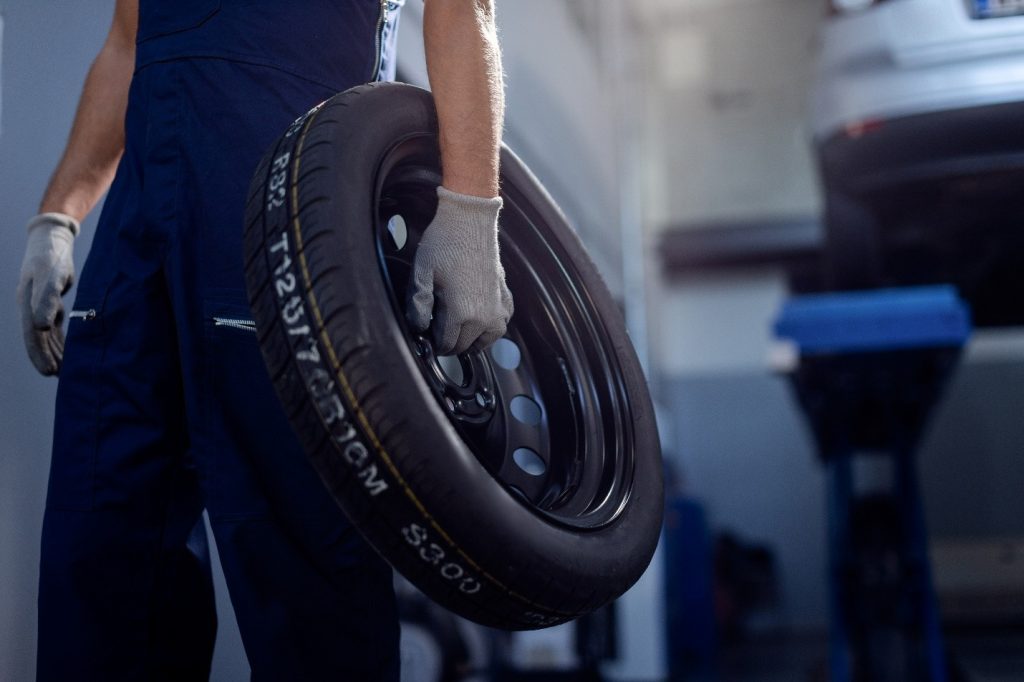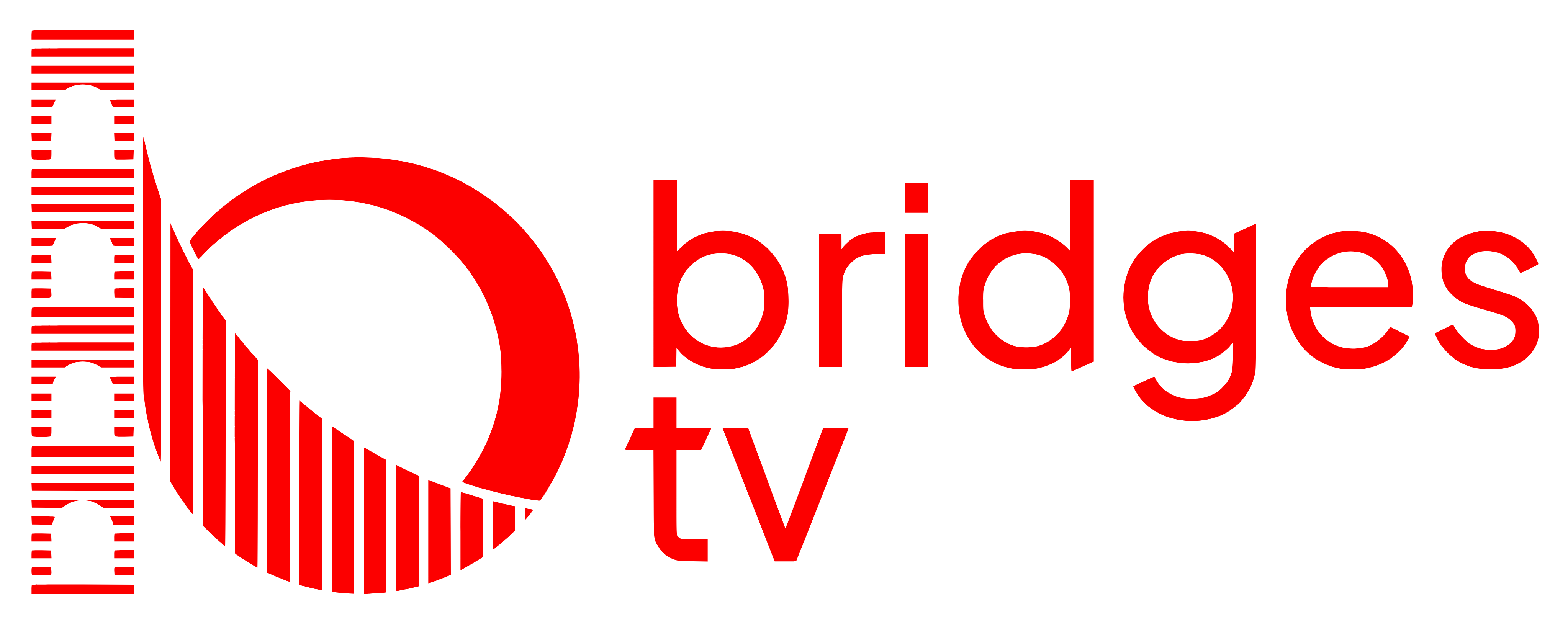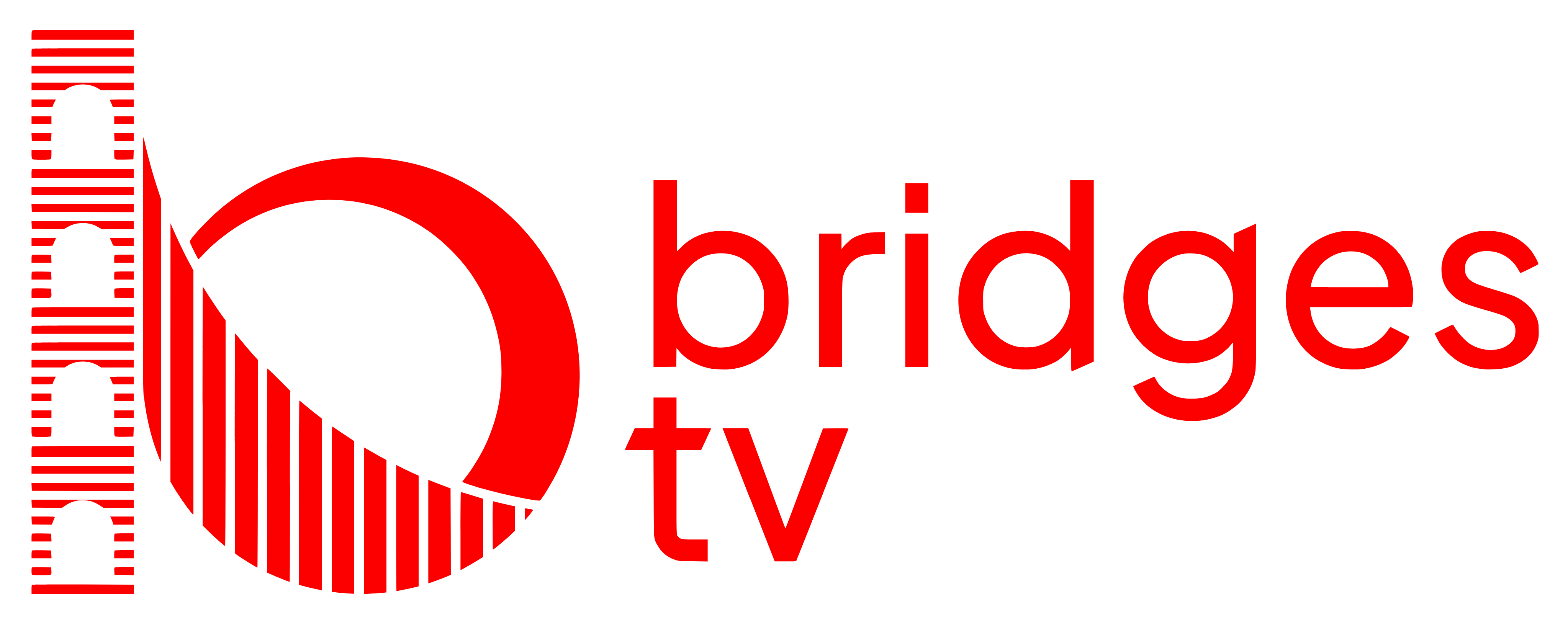When people hear the name Michelin, most think of elegant restaurants and glittering stars. Few remember that it all started with a tire company. The Michelin Guide, now the most respected restaurant rating in the world, was originally a creative marketing idea to encourage people to drive more.
The Beginning of the Journey
In 1889, brothers André and Édouard Michelin founded their tire company in Clermont-Ferrand, France. At the time, cars were rare. There were fewer than three thousand vehicles in the entire country, which meant few customers for new tires. The brothers quickly realized that they needed to inspire people to use their cars more often.
A Clever Idea to Get People Driving
In 1900, the Michelins released the first Michelin Guide, a small red booklet full of practical information for motorists. It included maps, lists of fuel stations, hotels, and repair shops. The goal was simple: to make driving easier and more enjoyable. If people traveled more, they would need to replace their tires more frequently. The guide was distributed for free and quickly became a favorite among early drivers.

The Rise of the Restaurant Section
One section of the guide soon gained special attention: recommendations on where to eat. Drivers appreciated knowing where they could stop for a good meal during their trips. Over time, this part became the most read and valued section. By the 1920s, the guide was no longer just for drivers but for travelers and food lovers across France.
When Stars Entered the Menu
In 1926, Michelin introduced a star to highlight excellent restaurants. Five years later, in 1931, the system expanded to the familiar one, two, and three-star ranking. One star meant a very good restaurant in its category. Two stars stood for excellent cooking worth a detour. Three stars were reserved for exceptional cuisine worth a special journey. In 1936, Michelin officially published its evaluation criteria, which remain similar today: quality of ingredients, mastery of flavor and technique, the chef’s personality, consistency, and value for money.
From Tires to Timeless Prestige
What began as a practical guide for motorists gradually turned into a global authority in fine dining. Today, Michelin inspectors travel anonymously across continents, visiting thousands of restaurants each year. For chefs, earning even one Michelin star can transform their careers, while three stars are the ultimate recognition of excellence.
A Story of Unexpected Success
It is remarkable how an idea designed to sell tires became the standard of culinary prestige. The Michelin Guide continues to shape dining culture around the world, proving that innovation sometimes comes from the most unexpected places. From helping travelers find their way to helping food lovers find extraordinary meals, Michelin has been driving more than cars for over a century.









